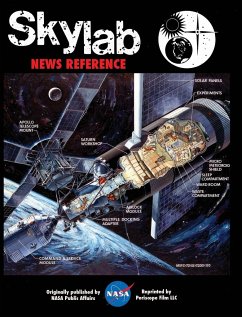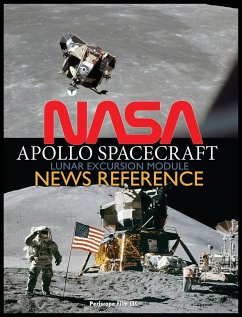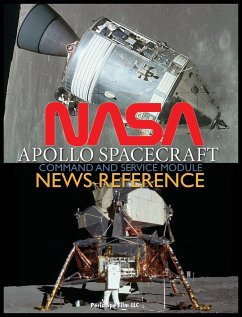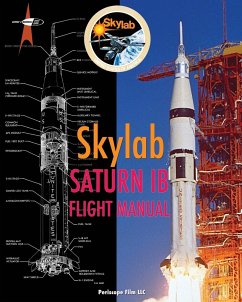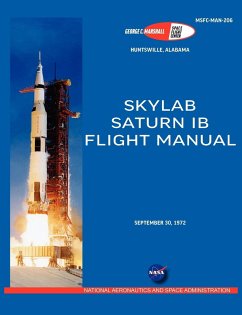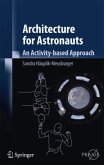America's first space station, known as Skylab, proved the concept of a zero-g laboratory and orbiting observatory, and paved the way for today's International Space Station. Launched on May 14, 1973, the station nearly didn't make it into operation when an aluminum micro-meteoroid shield tore loose during lift-off, taking one of two solar power arrays with it. While Skylab made orbit, the station was left underpowered and its interior overheated. NASA quickly came up with a salvage plan and after a ten-day delay the crew of the SL-2 mission rendezvoused with the station. Contingency repairs, including the installation of a parasol-like sun shield and deployment of the remaining solar array, succeeded and Skylab functioned more or less as intended for the duration of its mission. During that time two additional crews designated SL-3 and SL-4 visited the station and conducted a wide range of experiments. The SL-4 crew departed the station on February 8, 1974 after spending 83 days in orbit. During that time they performed four EVAs, shot 75,000 images of the sun, filmed Comet Kohoutek and traveled over 34.5 million miles. Despite this terrific success, Skylab would never be occupied again. The end of the Saturn V era and delays with the Space Shuttle program resulted in the station's abandonment, and it burned up in the Earth's atmosphere in 1979. Originally created by NASA in 1973 to inform the press corps about America's first space station, this Skylab News Reference contains chapters detailing the station's hardware and systems. It also provides detailed information concerning flight operations, launch facilities, experiments on board, crew training, contractors and project management. Also included are official press releases for the SL-1 and SL-2, SL-3 and SL-4 missions.
Hinweis: Dieser Artikel kann nur an eine deutsche Lieferadresse ausgeliefert werden.
Hinweis: Dieser Artikel kann nur an eine deutsche Lieferadresse ausgeliefert werden.

